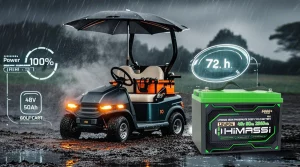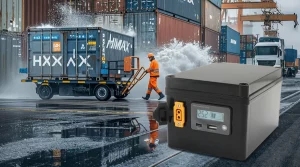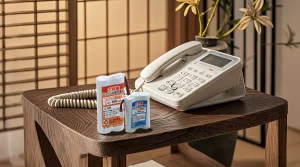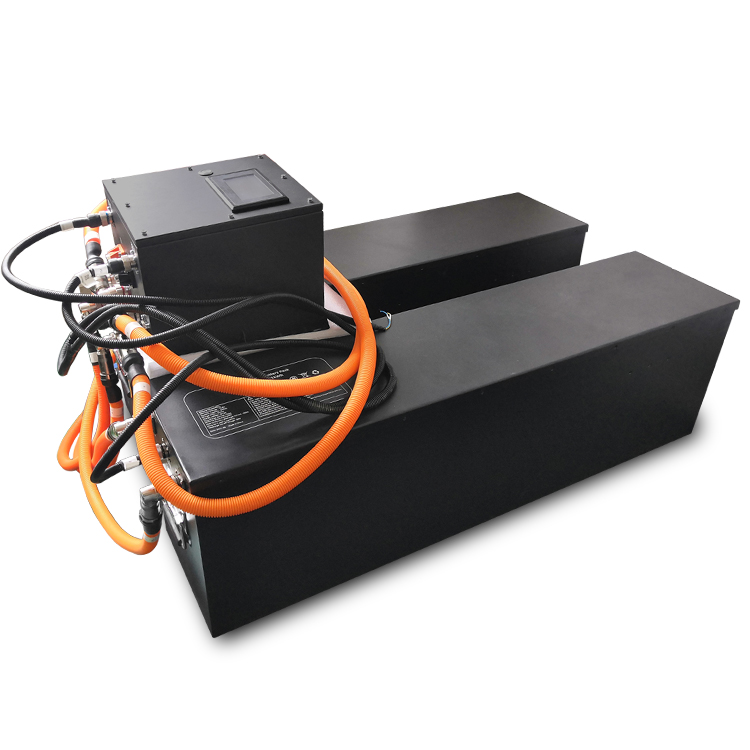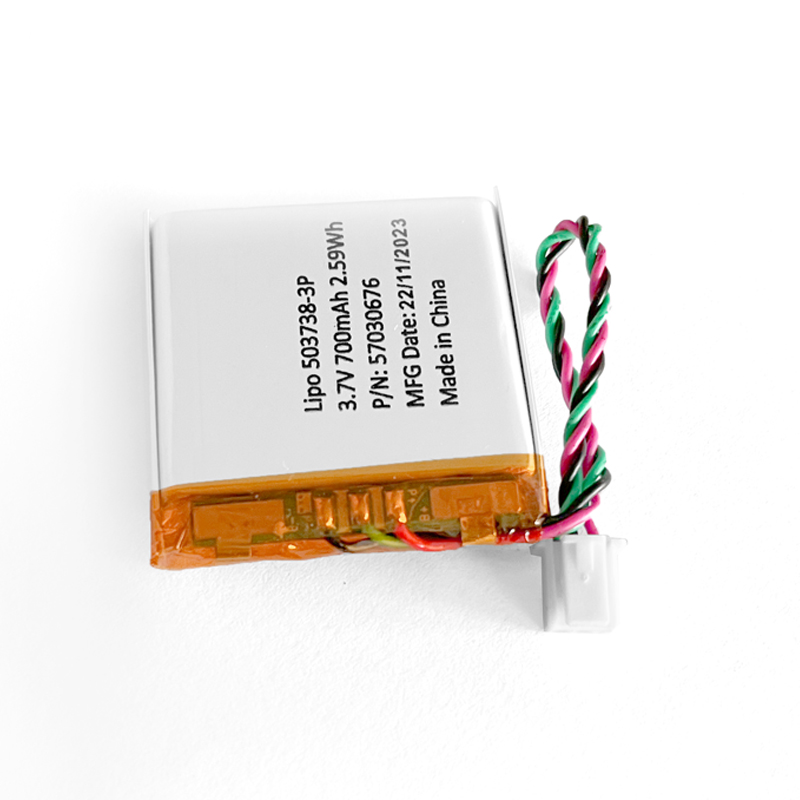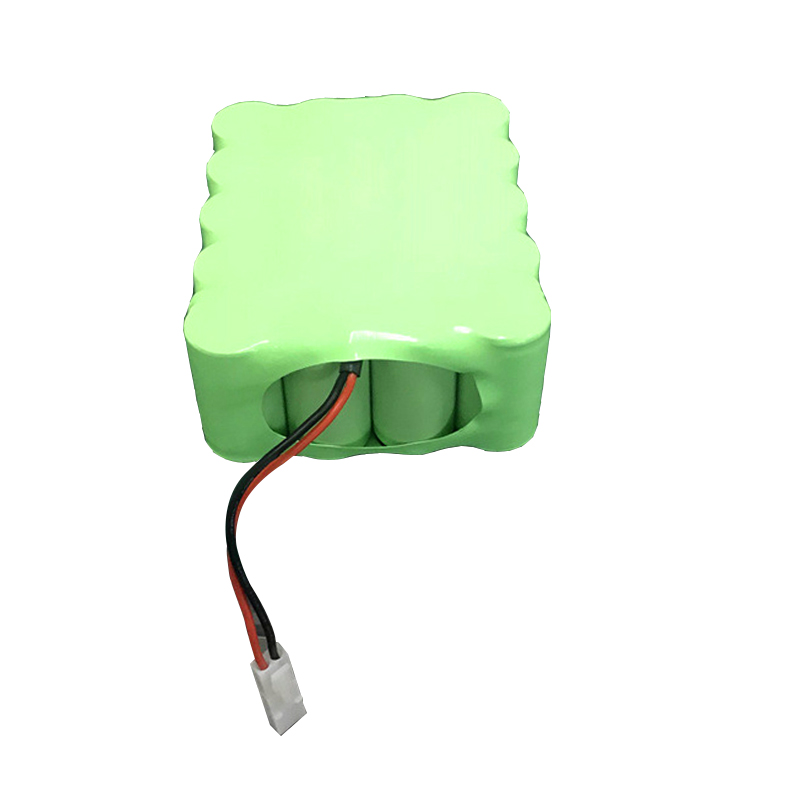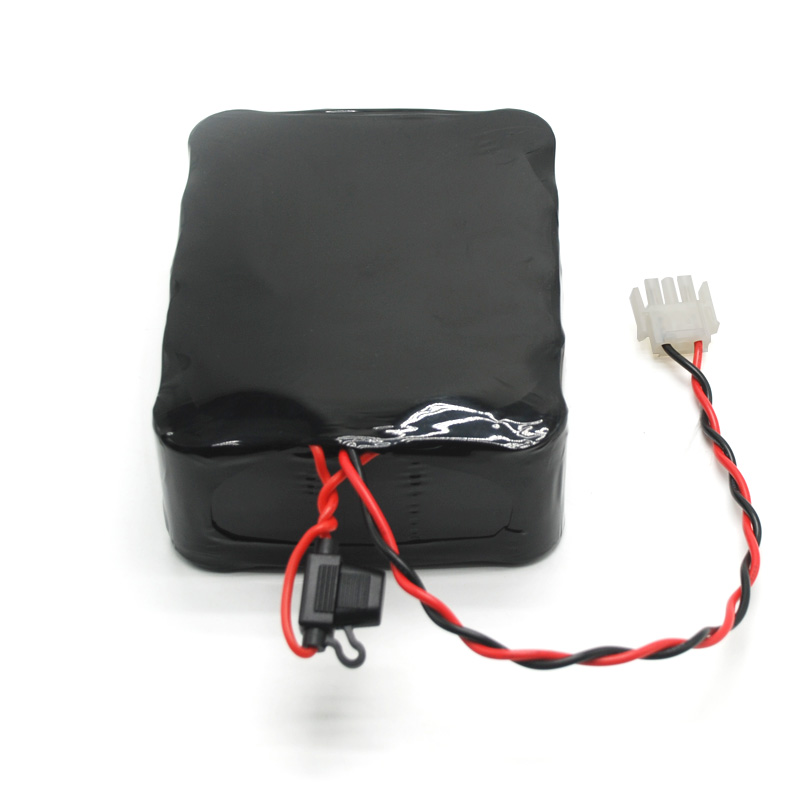When it comes to powering your RV fleet efficiently, selecting the right battery is crucial. As the demand for reliable, long-lasting energy sources increases, lithium batteries, particularly LiFePO4 (Lithium Iron Phosphate), have become the go-to solution. In this blog, we’ll explore why upgrading to custom lithium batteries is the best decision for RV applications, focusing on wholesale solutions for bulk buyers across Europe and the United States.
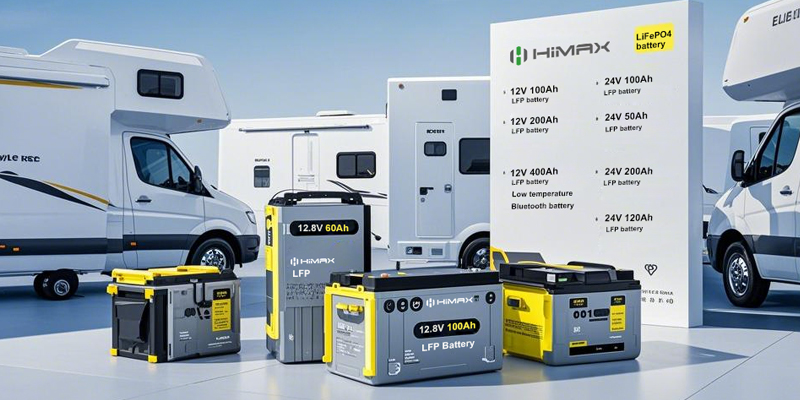
1. Lithium Batteries vs. Lead-Acid Batteries: Why LiFePO4 Is the Better Choice
· Lithium Batteries (LiFePO4):
· Long Lifespan: With a cycle life ranging from 2000 to 5000 cycles, lithium batteries far outlast lead-acid alternatives, which typically last between 300-500 cycles.
· Weight Reduction: Lithium batteries are 50-70% lighter than lead-acid batteries, which significantly reduces the overall weight of the RV, improving fuel efficiency and ease of handling.
· Higher Discharge Depth: Lithium batteries can be discharged up to 100%, while lead-acid batteries should not be discharged beyond 50% DOD (Depth of Discharge) to avoid damage.
· Faster Charging: LiFePO4 batteries charge much faster, reducing downtime during travel and enabling faster returns to full power.
· Lead-Acid Batteries (AGM / Deep Cycle):
· Shorter Lifespan: Lead-acid batteries require more frequent replacements due to their shorter lifespan.
· Bulk and Weight: These batteries are heavier and bulkier, making them less suitable for modern RV setups where space and weight savings are essential.
· Limited Discharge: To ensure longevity, you can only use a fraction of their capacity, which reduces available power when you need it the most.
Conclusion: For bulk buyers looking to upgrade their RV fleets, switching to LiFePO4 lithium batteries—like the Lithium Batterie Wohnmobil 300Ah—can significantly enhance energy efficiency, longevity, and performance.
2. Choosing the Right Battery Capacity and Voltage for Your RV Fleet
When selecting lithium batteries for RVs, the right capacity and voltage are paramount. The following are the most common configurations that will meet various power requirements in RV applications:
- 12V 100Ah: Ideal for powering basic devices such as lighting, USB charging ports, fans, and small appliances. Perfect for small RVs or simple setups.
- 12V 200Ah / 300Ah: These higher-capacity batteries are suited for medium to large RVs and can handle larger power demands, including fridges, inverters, and air conditioning units.
- 24V 100Ah / 200Ah: Best for high-power devices and setups that require more efficiency. The 24V configuration reduces the wiring loss compared to 12V systems and enhances overall power distribution.
- 48V 100Ah: This configuration is most commonly used in high-power inverter systems or solar-powered RVs, providing the capacity for more extensive power setups, especially for long-term off-grid use.
By offering bulk procurement options for capacities like Lithium Batterie Wohnmobil 100Ah or Lithium Batterie Wohnmobil 400Ah, you can ensure that your fleet is powered reliably no matter the size of your RVs or the power demands they face.

3. Battery Compatibility Check: Ensuring System Integration
· Charger Compatibility:
· Traditional chargers are often designed for lead-acid batteries and may not work effectively with lithium batteries, which require a specific charging curve. For optimal performance, ensure that your RVs are equipped with chargers or MPPT controllers that support LiFePO4 charging protocols.
· Inverter Compatibility:
· Many older inverters may not be compatible with lithium batteries due to their higher discharge rates and voltage characteristics. Upgrading to an inverter designed for LiFePO4 batteries is essential for efficient power conversion and to avoid system failure.
For bulk buyers looking to retrofit or upgrade RV fleets, Lithium Batterie Wohnmobil 200Ah and higher-capacity options like Lithium Batterie Wohnmobil 150Ah are available with the latest BMS technology for seamless integration with existing charging systems.
4. Parallel and Series Configurations: Scaling Up Power
Lithium batteries can be connected in parallel or series to meet specific voltage and capacity needs:
· Parallel Configuration:
· Increase Capacity (Ah): By connecting batteries in parallel, you increase the total energy storage while keeping the voltage the same. For example, 12V 100Ah × 2 = 12V 200Ah. This is perfect for scaling the battery capacity without changing the system’s voltage.
· Series Configuration:
· Increase Voltage (V): In series, the voltage is increased while the capacity remains the same. For instance, 12V 100Ah × 4 = 48V 100Ah. This configuration is ideal for systems that require higher voltage for powering inverters or larger electrical systems.
When planning for bulk battery purchases, make sure to ensure the compatibility of batteries (same capacity, chemistry, and charge/discharge curves) to avoid performance issues or even damage.
5. The Importance of a BMS (Battery Management System)
For safety, longevity, and optimal performance, it’s critical to choose lithium batteries that come with a Battery Management System (BMS). The BMS is a safeguard against overcharging, over-discharging, overheating, and short circuits.
· Common BMS Configurations:
· 100A BMS: Suitable for general RV applications where moderate power consumption is required.
· 200A BMS: Ideal for RVs with higher power needs, such as those running air conditioners or large inverters (2000W and above).
For wholesale buyers, options like Lithium Batterie Wohnmobil 100Ah and Lithium Batterie Wohnmobil 200Ah equipped with a 100A or 200A BMS ensure that your RV fleet is protected from power fluctuations and potential system failures.
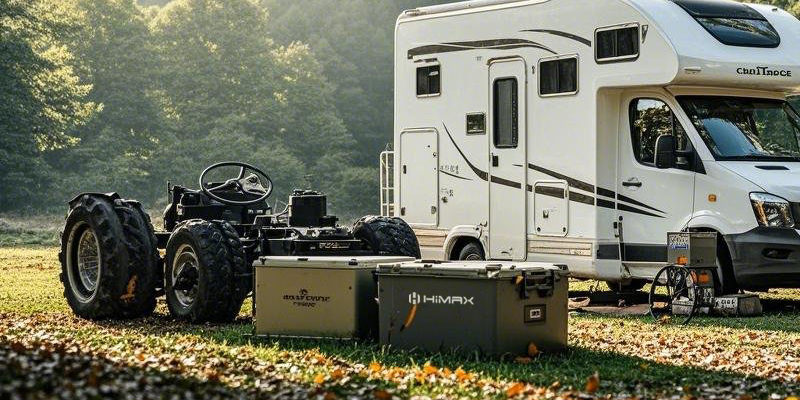
6. Solar Integration: Pairing Lithium Batteries with Solar Systems
Lithium batteries and solar power go hand-in-hand, providing a sustainable and off-grid power solution for RVs. To optimize solar charging efficiency:
· MPPT Solar Charge Controllers:
· These controllers are far more efficient than traditional PWM controllers and can increase solar charging efficiency by 20-30%.
· A common setup might include a 48V 100Ah lithium battery paired with 2000W solar panels and a MPPT controller. This setup offers the freedom to run high-power devices and extend your RV’s energy independence, perfect for off-grid adventures.
7. Charging Methods for Lithium Batteries
· Charging While Driving:
· A DC-DC charger (such as 12V to 12V 40A or 24V to 12V 20A) is essential for safely charging the lithium batteries while the RV is in motion.
· Charging with Shore Power:
· Using a lithium battery-specific charger (14.6V/29.2V/58.4V for 12V/24V/48V systems) ensures proper charging without damaging the battery cells.
Conclusion: Upgrade Your RV Fleet with Custom Lithium Battery Solutions
Upgrading to LiFePO4 lithium batteries can drastically enhance the performance and longevity of your RV fleet. With the ability to choose between 100Ah, 200Ah, and 300Ah configurations, and paired with cutting-edge BMS technology, your RV fleet will benefit from:
- Increased energy efficiency
- Longer battery life
- Reduced weight and space requirements
By incorporating solar systems and ensuring proper charging configurations, your fleet will enjoy off-grid independence and reduced dependency on shore power. For bulk buyers, Himax offers custom lithium battery solutions (12V, 24V, 48V LiFePO4), fully customizable to meet the specific needs of your RV fleet. Contact us today for a quote and take the next step in optimizing your fleet’s energy efficiency!

